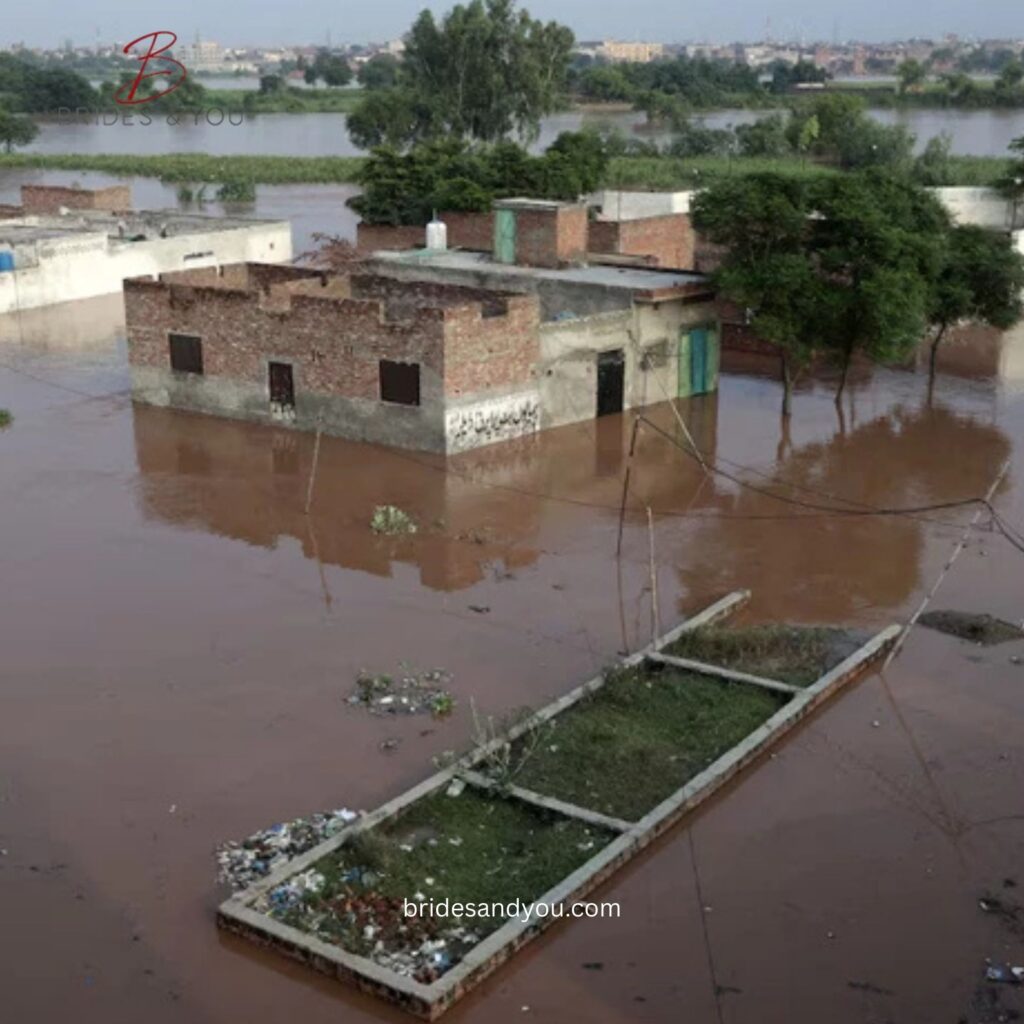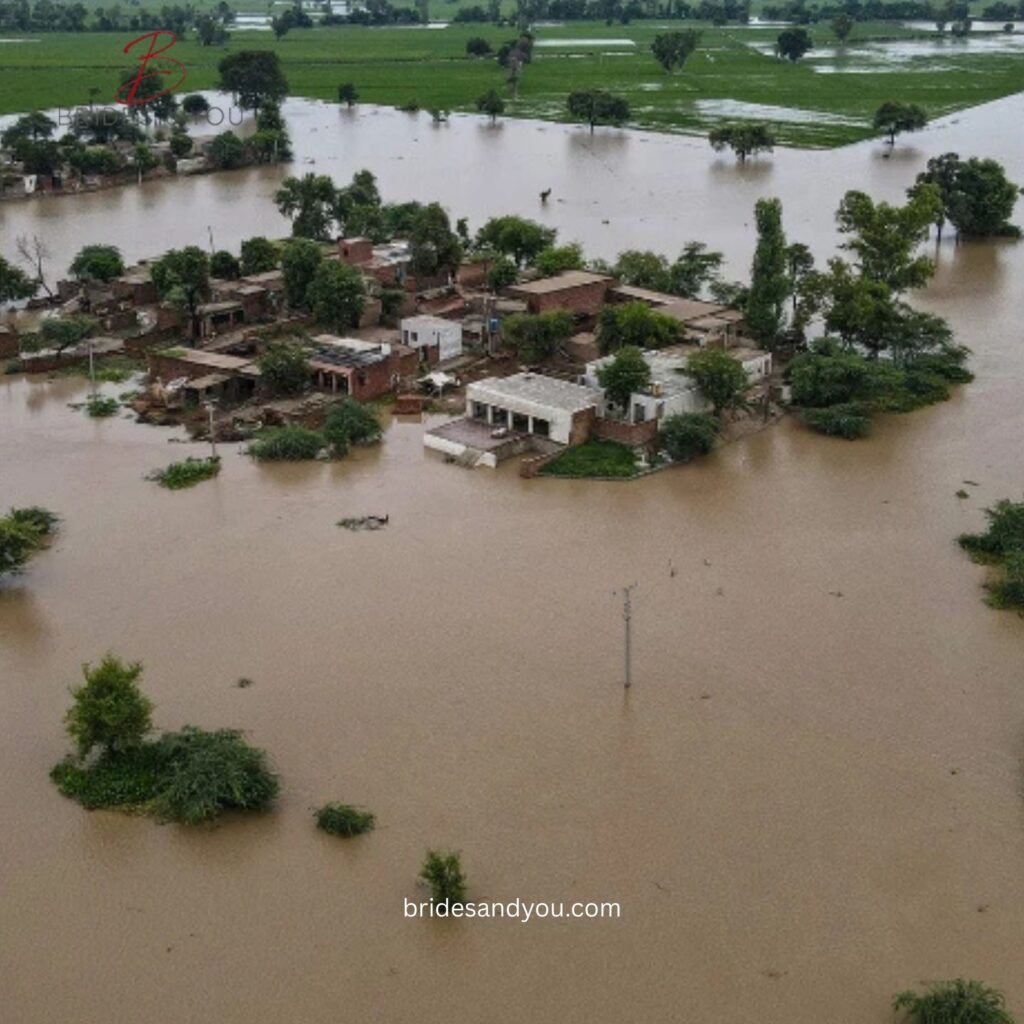Now Reading: Unprecedented Record-Breaking Rainfall Inundates Sialkot, Causing Widespread Flooding
-
01
Unprecedented Record-Breaking Rainfall Inundates Sialkot, Causing Widespread Flooding
Unprecedented Record-Breaking Rainfall Inundates Sialkot, Causing Widespread Flooding
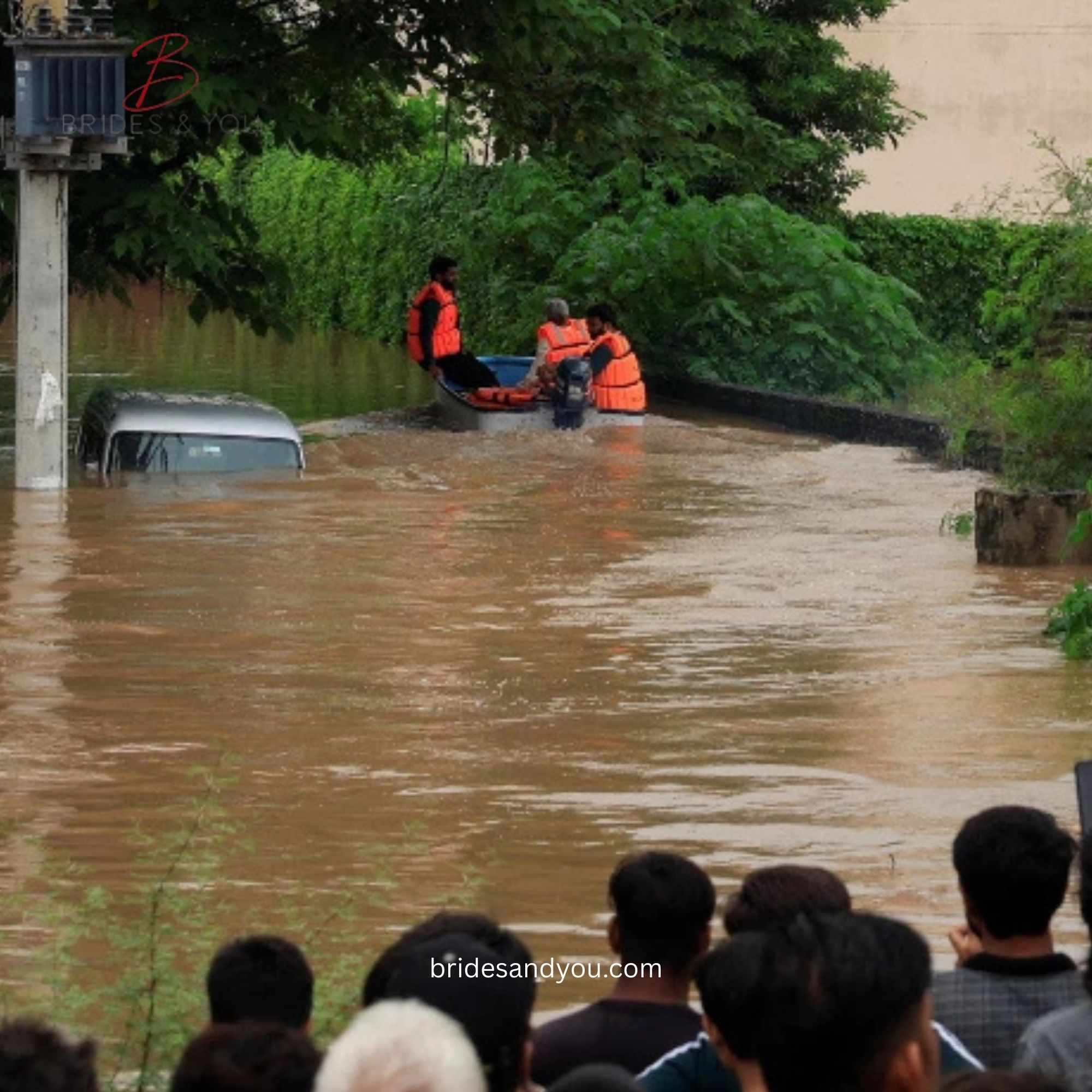
Sialkot, a bustling city in Punjab, Pakistan, faced a historic challenge when record-breaking rainfall hit on August 27, 2025. The city recorded an astonishing 405 millimeters of rain in just one day, followed by another 110 millimeters overnight. This heavy downpour caused severe flooding, submerging homes, streets, and markets. The Punjab government quickly stepped in, launching relief efforts to protect residents and reduce the damage. Let’s explore how this unprecedented rainfall affected Sialkot and the steps taken to help the people.
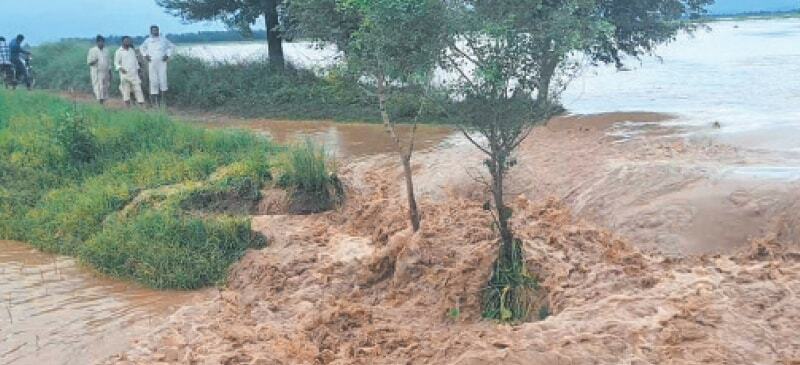
What Caused the Record Rainfall in Sialkot?
A Historic Monsoon Downpour
The massive rainfall in Sialkot broke a 49-year record, surpassing the previous high of 339.7 millimeters set in 1976. The Pakistan Meteorological Department reported that the intense monsoon rains overwhelmed the city’s drainage systems. Nullah Aik, a key waterway, overflowed as it received nearly double its capacity, leading to widespread urban flooding. Low-lying areas like Rangpura, Nikka Pura, and Shahab Pura were hit the hardest, with water entering homes and businesses.
Impact of Regional Weather Patterns
The heavy rains were worsened by water releases from India into rivers like the Chenab, Ravi, and Sutlej. These rivers swelled, adding to the flooding in Sialkot and nearby districts. The combination of local rainfall and upstream water flow created an emergency situation, forcing authorities to act quickly to protect lives and property.
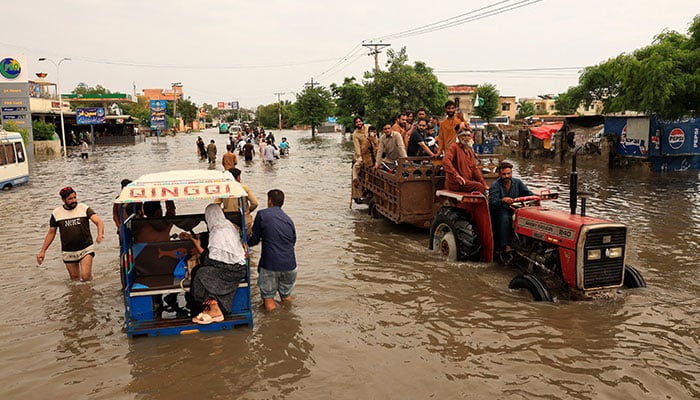
How Did the Record Rainfall Affect Sialkot?
Widespread Flooding and Disruption
The record rainfall turned Sialkot’s streets into rivers. Homes, shops, and government offices were flooded, leaving thousands of residents stranded. Power outages and communication breakdowns made the situation worse. Roads became impassable, and Sialkot International Airport had to suspend flights for 12 hours due to the flooding. The city’s outdated sewerage system struggled to cope, mixing rainwater with sewage and causing further chaos.
Impact on Daily Life
The heavy rains brought daily life to a standstill. Schools were closed, and a public holiday was declared to ensure safety. Many residents had to abandon their homes temporarily, seeking shelter in safer areas. The flooding also threatened crops and farmland, raising concerns about food security in the region. For a city known for its vibrant economy, this was a major setback.
Punjab Government’s Relief Measures for Sialkot
Swift Action by Authorities
The Punjab government, led by Chief Minister Maryam Nawaz Sharif, responded quickly to the crisis. Punjab Minister for Local Government Mian Zeeshan Rafique visited the worst-affected areas, such as Rangpura Chowk, to oversee relief efforts. He assured residents that the government’s top priority was their safety and well-being. Rescue teams, including Rescue 1122, worked tirelessly to evacuate people from flooded areas using boats.
Support for Affected Residents
The government promised to compensate those who suffered losses due to the flooding. Relief teams distributed clean drinking water, food, and other essentials to displaced families. The district administration, along with the Water and Sanitation Agency (WASA) and Municipal Corporation, worked around the clock to clear water from streets and restore normalcy.
Control Room for Complaints
A 24/7 control room was set up at the Deputy Commissioner’s Office to handle public complaints and coordinate relief efforts. This ensured that residents could report issues and get help quickly. Minister Rafique personally monitored operations to prevent any delays or negligence, showing the government’s commitment to supporting the people of Sialkot.
Challenges in Managing the Sialkot Flood Crisis
Overwhelmed Drainage Systems
Sialkot’s drainage infrastructure was not prepared for such heavy rainfall. Nullah Aik, designed to handle 25,000 cusecs of water, received nearly 46,950 cusecs, causing it to overflow. This highlighted the urgent need for better flood-prevention systems in the city. The outdated sewerage system also struggled, leading to widespread urban flooding.
Rising River Levels
The Chenab River at Head Marala Barrage reached dangerous levels, with water flows exceeding 900,000 cusecs. This posed a threat to nearby villages and farmland. The National Disaster Management Authority (NDMA) warned of “exceptionally high” flood risks in Punjab, urging residents to stay vigilant and avoid low-lying areas.
How the Punjab Government Ensured Safety
Military and Rescue Operations
The Punjab government called in the Pakistan Army to assist with rescue and relief efforts in Sialkot and other affected districts, including Lahore, Kasur, and Narowal. Military teams worked alongside Rescue 1122 and local authorities to evacuate stranded families and provide aid. Over 32,000 people were rescued using boats, and relief camps were set up to shelter displaced residents.
Emergency Measures and Restrictions
Deputy Commissioner Saba Asghar declared a district-wide emergency and imposed Section 144, banning public access to rivers, streams, and bridges. This helped prevent accidents and ensured that rescue operations could proceed smoothly. The government also closed schools and advised residents to stay indoors to avoid risks.
Long-Term Solutions for Sialkot’s Flood Problem
Upgrading Infrastructure
The Sialkot flooding crisis has shown the need for modern flood-prevention systems. Upgrading the city’s drainage and sewerage systems is crucial to handle future heavy rainfall. The government is exploring long-term solutions, such as improving Nullah Aik’s capacity and building stronger embankments along rivers.
Community Awareness and Preparedness
Educating residents about flood safety is another key step. The Punjab government is working with the NDMA to raise awareness about staying safe during heavy rains. This includes teaching people to avoid flooded areas and follow official warnings. Programs like Recharge Pakistan, launched at COP29, aim to restore wetlands and forests to reduce future flood risks.
How You Can Help Sialkot’s Flood Victims
The people of Sialkot need support to recover from this disaster. You can help by donating to relief organizations like Rescue 1122 or the Edhi Foundation, which are providing food, shelter, and medical aid. Volunteering your time or spreading awareness about the crisis can also make a big difference. Together, we can help Sialkot rebuild and recover.
Conclusion: Standing Strong with Sialkot
The record rainfall in Sialkot has tested the city’s resilience, but the Punjab government’s quick response has brought hope to affected residents. From rescue operations to relief camps, the authorities are working hard to ensure safety and support. As the city recovers, long-term solutions like better drainage systems and community preparedness will be key to preventing future crises. Let’s stand together with Sialkot during this challenging time.

